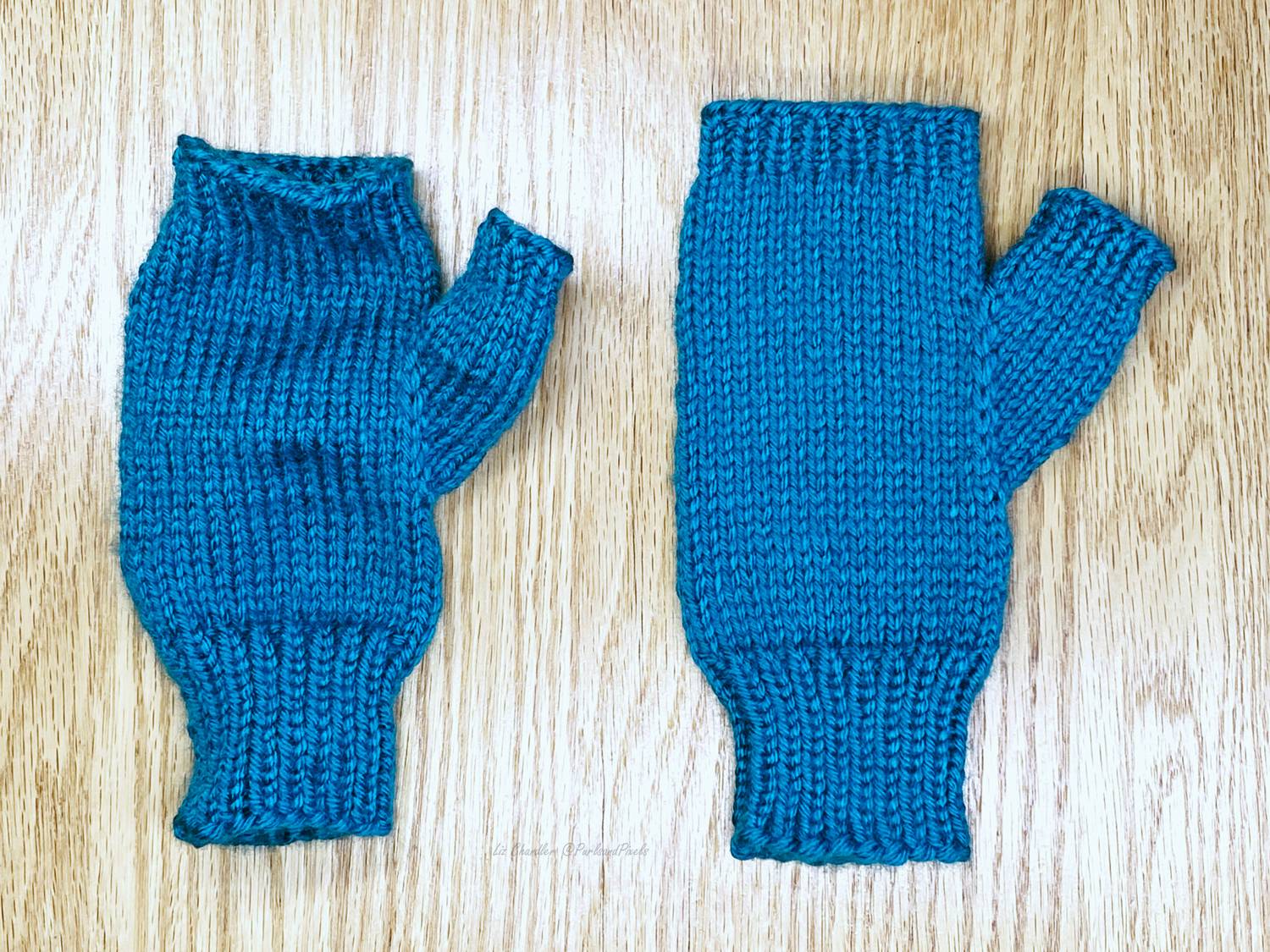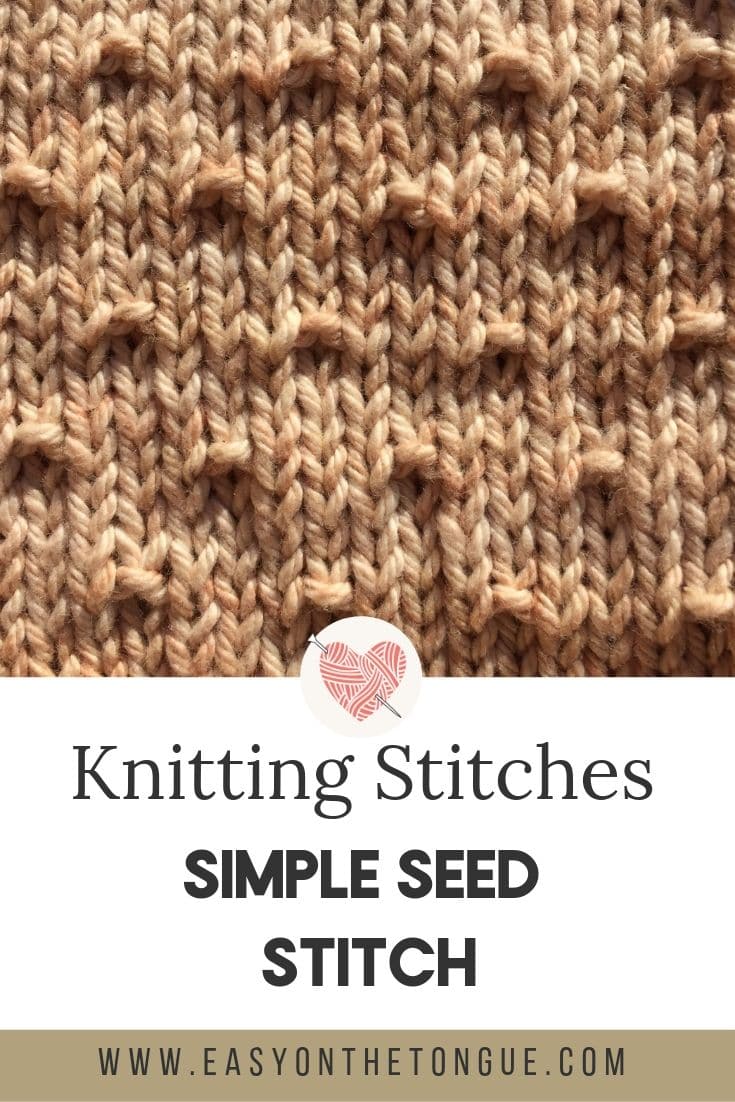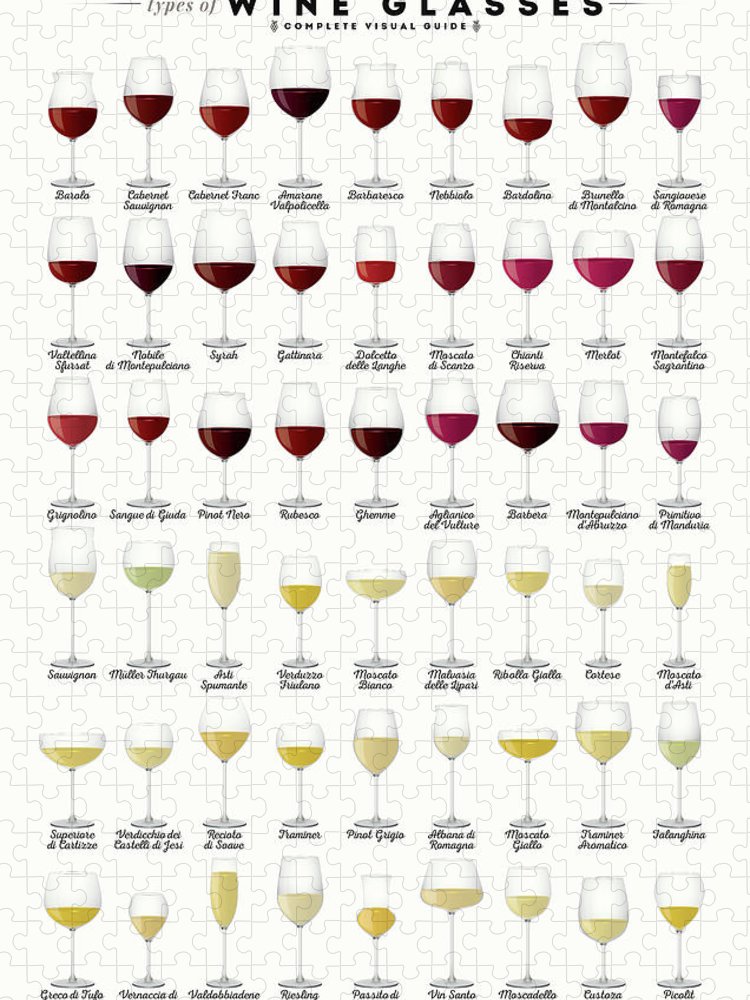
This pattern works well for large, complex patterns. However it can be difficult to use if you are trying to make an irregular shape. It is necessary to carry one strand over many stitches. If you don't want your fabric to pucker, you shouldn't wrap it too tight. Instead, you should wrap it loosely around the knitting needle you choose, then cut it at the end of each square.
Colorwork technique
Intarsia knitting requires you to work with multiple colors and different strands. The first row of stitches is in one color, and the second row in the opposite. Once the row has been completed, tie both ends of the yarns together. You can leave some tails on two colors to weave in ends of the other color.
It is important to match your colors when knitting intarsia. To avoid creating holes in your knitting, you must work on both sides. This will help prevent puckering which can lead to a hole in your knitting project.

Charts
A majority of knitting intarsia patterns come with a chart showing how to use the pattern. The chart is a visual representation that shows how to work the written pattern. Each square represents a knitting stitch. Each stitch in a knit pattern is color coded to ensure that you are working with the correct color at the right moment. If you are working with more than two colors, it may help to write in numbers on the chart to indicate where you are in the repeat.
Two types of charts are available for knitting intarsia. The classic is the first. The other is called colorwork. In this technique, contrasting colors are used to add interest to the project. There are two primary ways to use colorwork.
Body
There are some rules that you must follow in order to knit intarsia body. The first rule is to knit even across the stitches. It doesn't matter if you are knitting one or more colors. You must maintain an equal tension throughout the project. Failure to do so will cause floats to become short, and the finished item will look puckered. In addition, failing to cross over yarn properly can cause a ladderlike border to form between color variations.
Intarsia knitting is a type that uses colorwork. This pattern is easiest to knit flat as it is easier on a flat surface. Move the main color to one side and move it to another. Once you have established the color placement you can begin knitting your sweater.

Using plastic bobbins
Plastic bobbins are used to wind small amounts of yarn when working intarsia. These bobbins are available at craft stores or can be made yourself. You can make bobbins by wrapping a bit of yarn between your fingers. Next, tie the ends together with the center.
Intarsia knitting is made easier with plastic bobbins. These bobbins make intarsia-knitting easier. The bobbins make it easy to pull out the yarn and make it easier to straighten. These bobbins are a good choice if you have trouble handling the yarn on hand.
FAQ
What are your competitive hobbies?
There are many competitive sports, including running, swimming and cycling, as well as golfing, tennis and other activities.
They're usually played by people who enjoy physical activity but also provide an opportunity for social interaction.
If your hobby is physical activity, chances are that others share it.
This may mean joining a club or group where you meet regularly to play sports together.
You can also participate in team games where you play alongside others.
These include netball (soccer), football (cricket), netball (basketball), hockey, baseball, volleyball and badminton.
There are many types of competition.
Some competitions are only for recreational purposes.
Others are meant to test competitors' skills.
And still, others are designed to reward outstanding performance.
These cases result in prizes for the winners.
Other competitions test strength and endurance.
These are called endurance events.
For example, marathon races, triathlons, Ironman Triathlon, etc.
Athletes often train hard before competing in these events.
To prepare their bodies and minds, they will have to adhere to a strict training plan.
They may also need to spend some time away from home during preparation.
It is important to keep in mind that not all athletes can compete in every event.
What are observation hobbies?
Observation hobbies can be activities that you watch people do. They might include watching sports, reading books, going on holiday, etc. You could also observe other people.
Because they teach you how to think creatively, observation hobbies are great. This knowledge will be useful later in your work for others and yourself.
You'll find that if you're interested in something, then you'll have an easier time learning about it.
For example, if you want to know more about football, you may watch a game or read a book about it. If you want to learn more about photography, you could take or visit exhibitions.
If you like to play music, you can either learn the songs online or get a guitar.
You can cook your own meals, or you could go to a restaurant.
If you love gardening, you might grow vegetables or flowers.
You can take a dance class, or just go out with your friends if dancing interests you.
You can paint pictures if your passion is painting.
Writing poetry or stories is a passion if you are a writer.
Drawing pictures is a great hobby.
If you are passionate about animals, you can look after them or work at the zoo.
If you enjoy science, you might consider studying biology, chemistry and physics.
You can read books, listen to podcasts, or watch films if history interests you.
If you enjoy travelling, you might consider exploring your local area or traveling abroad.
What are some hobbies that would suit introverts?
Introverts are able to concentrate on one thing at once. They enjoy solitude and prefer to read, write, play music, watch movies, etc.
They also love to spend quiet time by themselves. They don't enjoy being social all day. They are often bored when surrounded in people.
Introverts are often drawn to hobbies that require solitude. You might find them reading books, listening, playing music, taking photos, writing poetry or painting.
Some introverts will even live alone. They are able to concentrate on their hobby while not being distracted by other activities.
Statistics
- In comparison, men in the “no humor” condition were refused 84.6% of the time and were only accepted 15.4% of the time. (time.com)
- I am 100% biologically a woman (discover.hubpages.com)
- Almost 80% of people claim to have no hobby. (hobbylark.com)
- A new survey by Pew Research Center of teens ages 13 to 17 finds that 36% of girls feel tense or nervous about their day every day; 23% of boys say the same. (pewresearch.org)
- 37% Video Games 36% Travel 36% Health and Fitness (quizexpo.com)
External Links
How To
How to get started in woodworking
There are many options for getting started in woodworking. There are many ways to get started in woodworking. You can use either power or hand tools, or a combination. The most common tools are saws, drills, sanders, and routers.
After deciding what type of project to work on, it is important that you choose the right tool. A router, table saw or drill press is all you need to create furniture. For building something like a picture frame and cabinet, you will only need a circular or miter saw. A jigsaw, a router, a band saw, a drill press, a router, a table saw, a band saw, a nail gun, glue, clamps, nails, screws, glue, etc.
If you don't know which tool you would prefer to use, you can always ask your local home improvement store for advice. You can also visit websites that specialize in this hobby. These sites often provide tips on how you can buy the best tools to do the job.